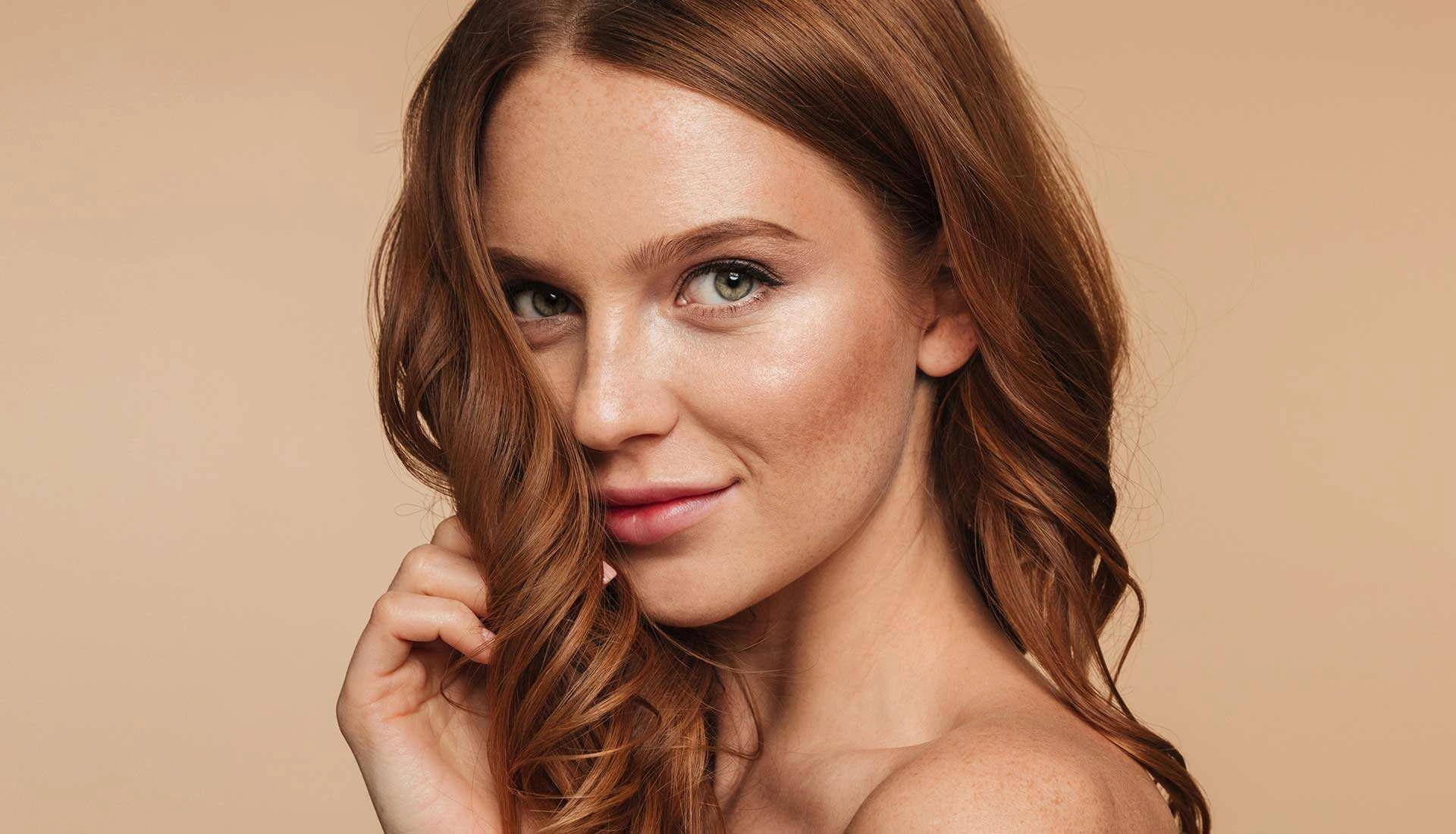Introduction:
In the intricate tapestry of human history, the evolution of personal grooming has woven a fascinating narrative. One integral aspect of this narrative is the history of hair salons, which have undergone a remarkable transformation over the centuries. From ancient civilizations to the modern era, the concept of hairstyling has been an ever-evolving reflection of societal norms, cultural influences, and individual expressions of beauty.
Ancient Roots:
The roots of hairstyling can be traced back to ancient civilizations, where intricate hairstyles were indicative of social status and cultural identity. In ancient Egypt, for instance, elaborate wigs and hairstyles were not only symbols of beauty but also expressions of religious beliefs. Similarly, ancient Greeks and Romans adorned their hair with crowns and intricate styles to signify societal roles and status.
Medieval Times:
During the medieval period, hair care took on a practical dimension. With limited hygiene practices, people used herbs and oils to maintain hair health. However, as societies became more refined, the concept of hairstyling as a form of personal expression began to reemerge. Nobility and the upper class utilized ornate headpieces and hairstyles to denote their privileged status.
Renaissance and the Age of Enlightenment:
The Renaissance marked a revival of arts and culture, influencing the world of fashion and hairstyling. Intricate hairstyles adorned with pearls, ribbons, and jewels became popular among the elite. With the Age of Enlightenment came a shift in societal values, leading to a more naturalistic approach to personal grooming. Women began to embrace simpler, more flowing hairstyles, reflecting the changing ideals of the time.
19th Century: The Birth of Modern Hair Salons
The 19th century witnessed the birth of the modern hair salon as we know it today. With the Industrial Revolution and the rise of the middle class, there was a growing demand for beauty services. Entrepreneurial individuals recognized this opportunity and began opening establishments specifically dedicated to hairstyling. Women flocked to these salons for haircuts, styling, and the latest beauty treatments.
The 20th Century: A Revolution in Style
The 20th century brought about revolutionary changes in hairstyling, with iconic figures like Vidal Sassoon and Jacques Dessange shaping the industry. Sassoon, in particular, introduced precision cutting and geometric styles, breaking away from the traditional, more labor-intensive approaches. The beauty industry, including hair salons, became an integral part of popular culture, influencing fashion and trends.
Contemporary Era: Personalization and Diversity
In the 21st century, hair salons have become diverse hubs of creativity and self-expression. The advent of social media has played a pivotal role in shaping beauty standards, with individuals seeking unique and personalized styles. Salons today cater to a wide range of clientele, offering an array of services from traditional cuts to avant-garde color techniques.
Conclusion:
The history of hair salons is a testament to the ever-evolving nature of human expression and cultural identity. From ancient rituals to modern-day trends, the journey of hairstyling reflects the changing dynamics of societies and individual preferences. As we continue to navigate the currents of fashion and beauty, one thing remains certain – the story of hair salons will keep unfolding, weaving new chapters into the intricate tapestry of human history.

